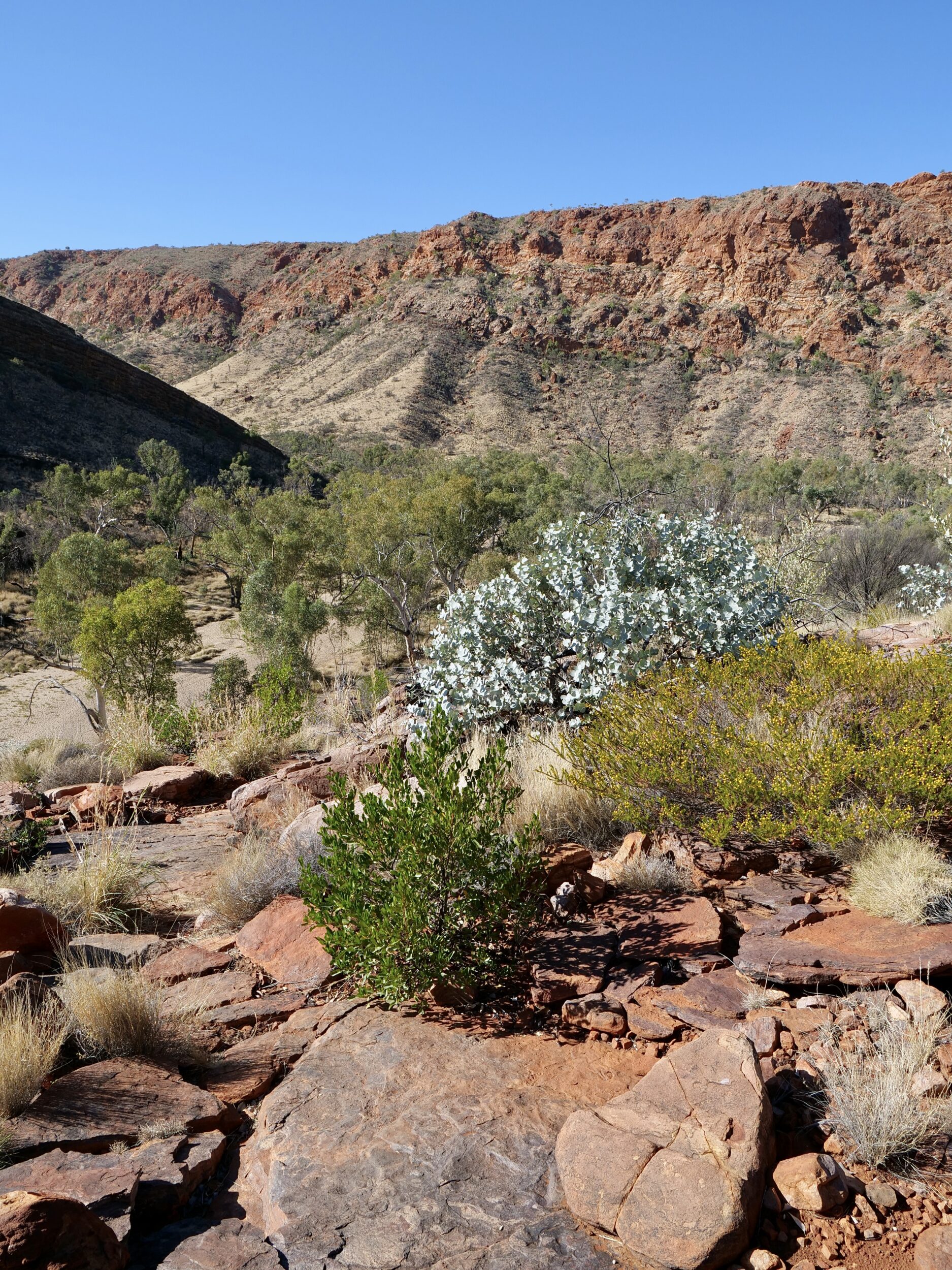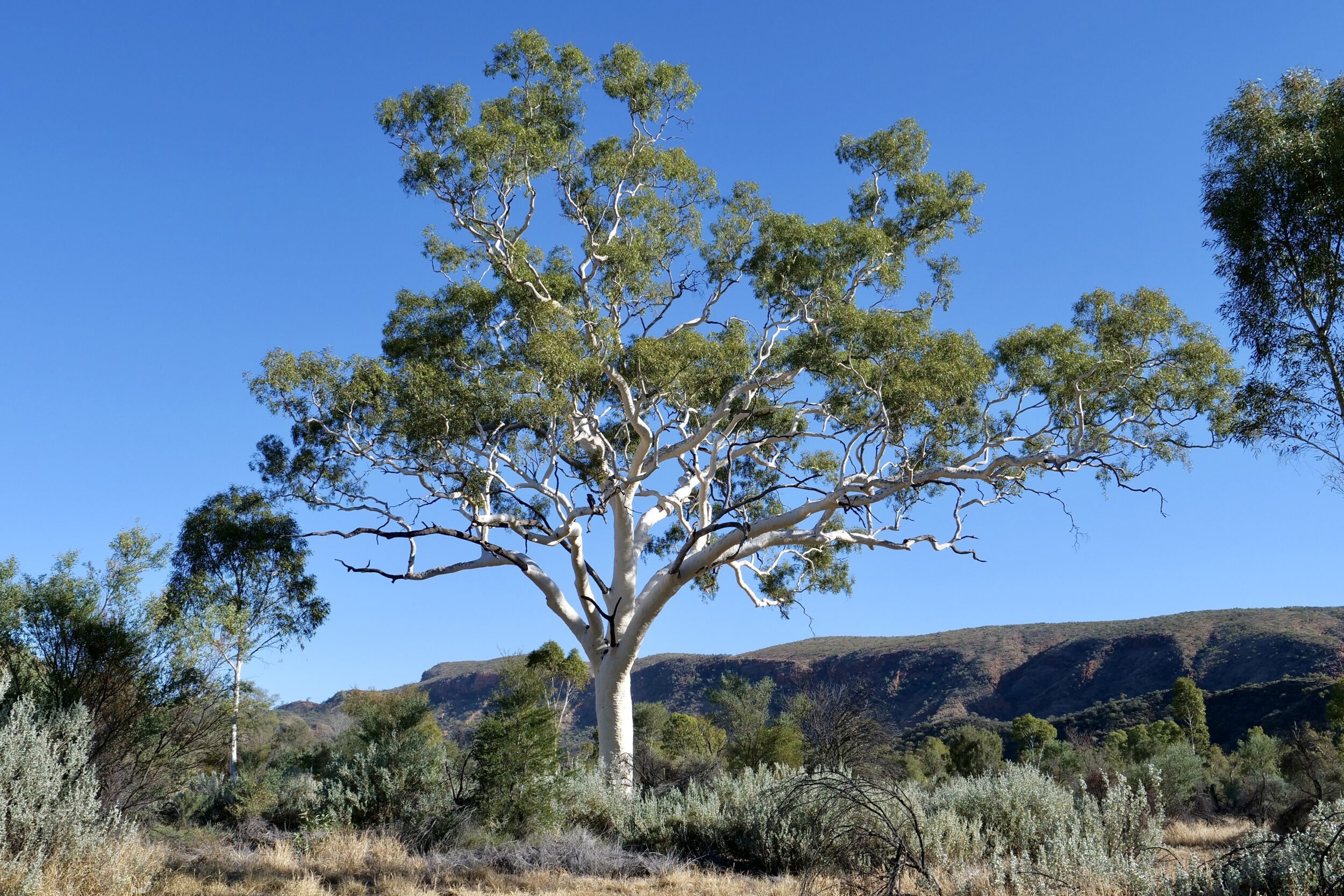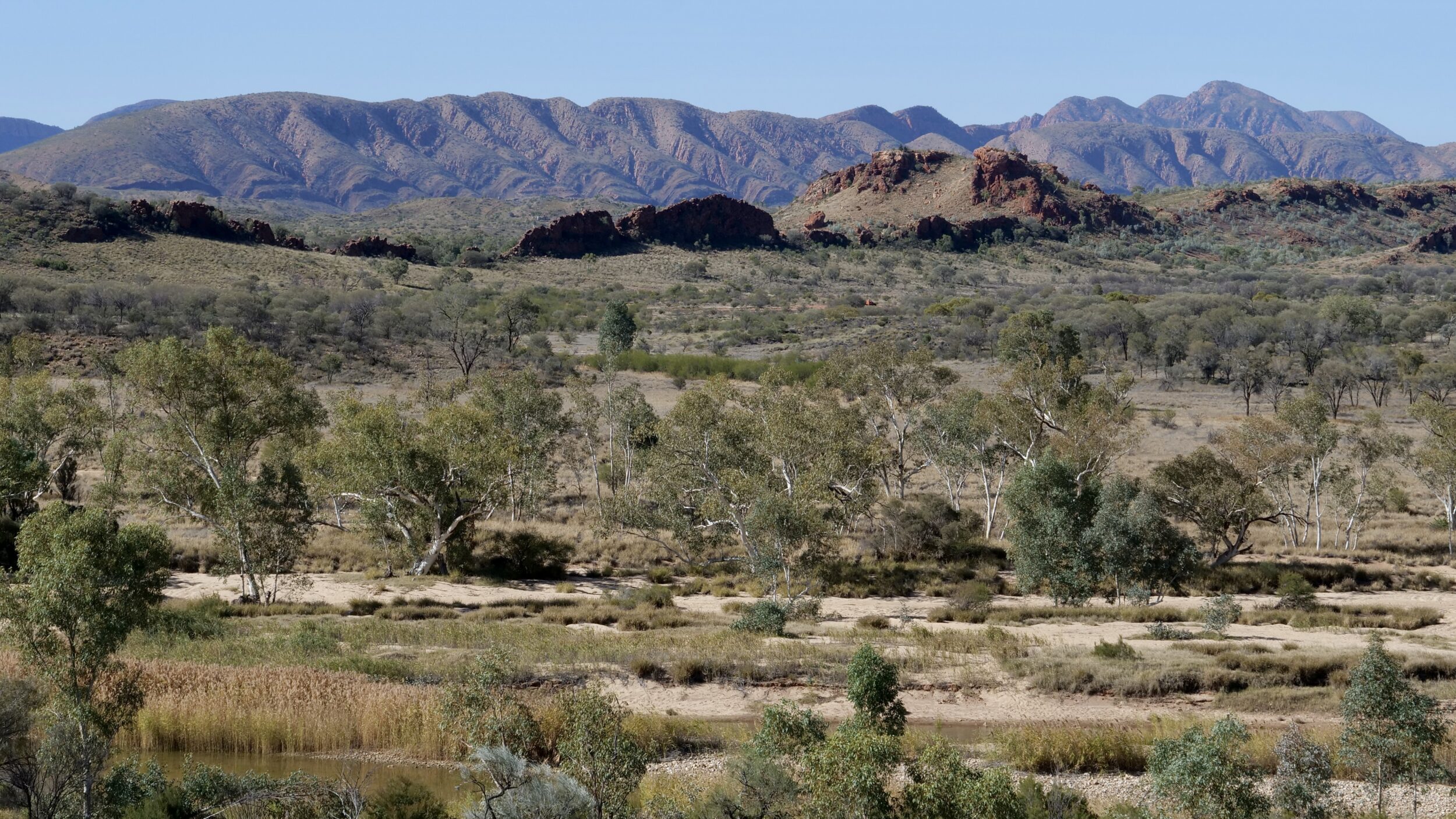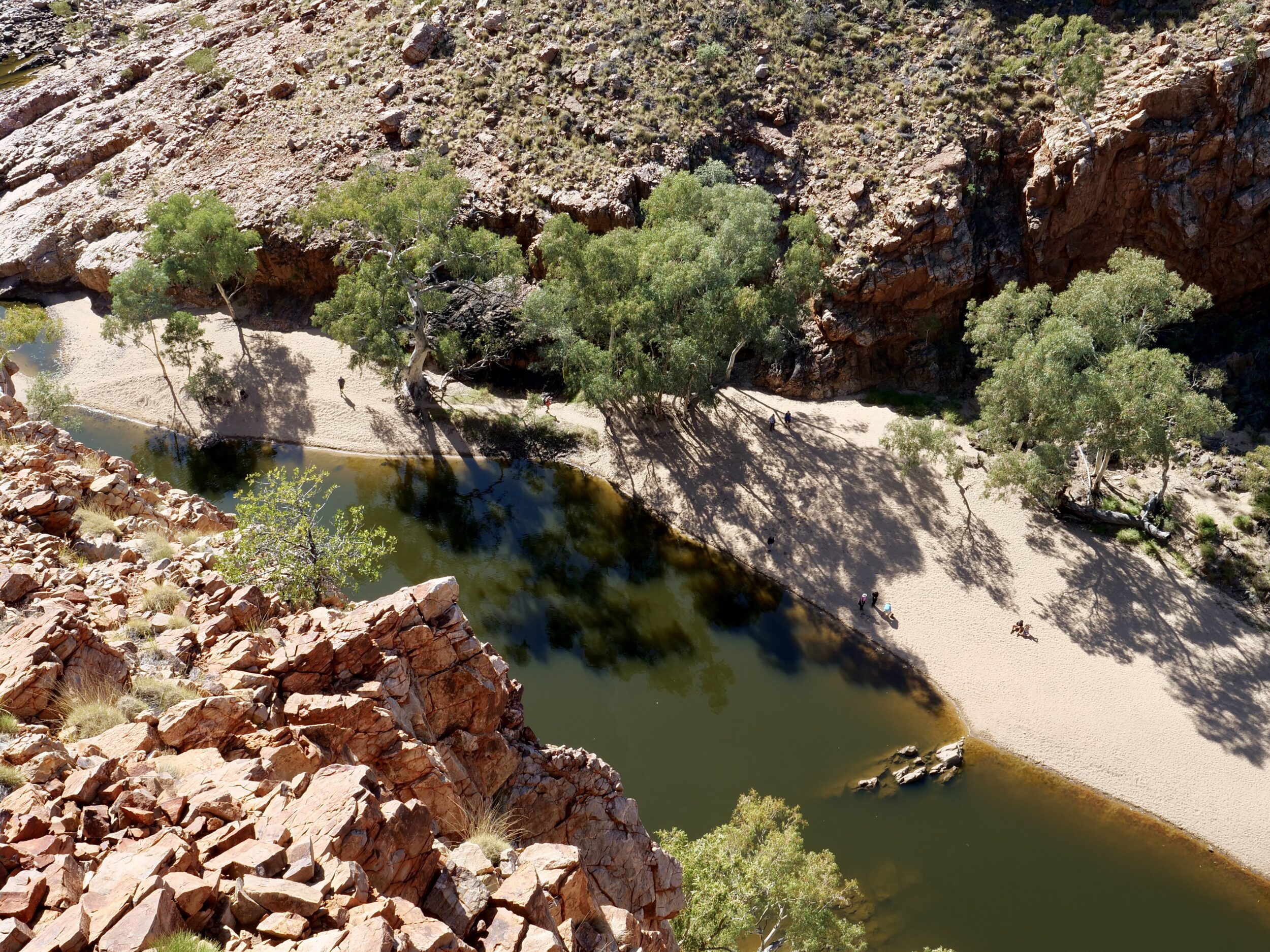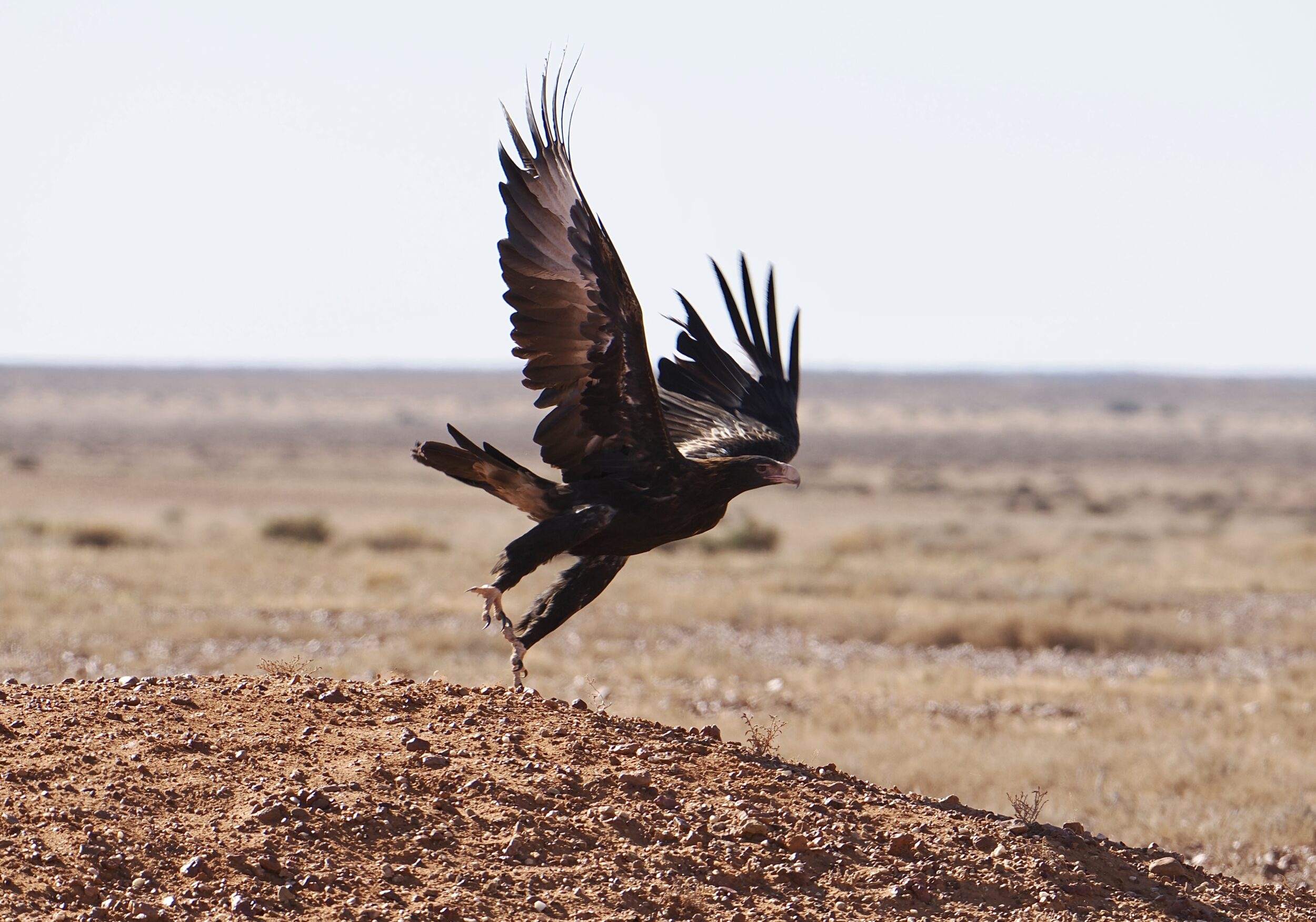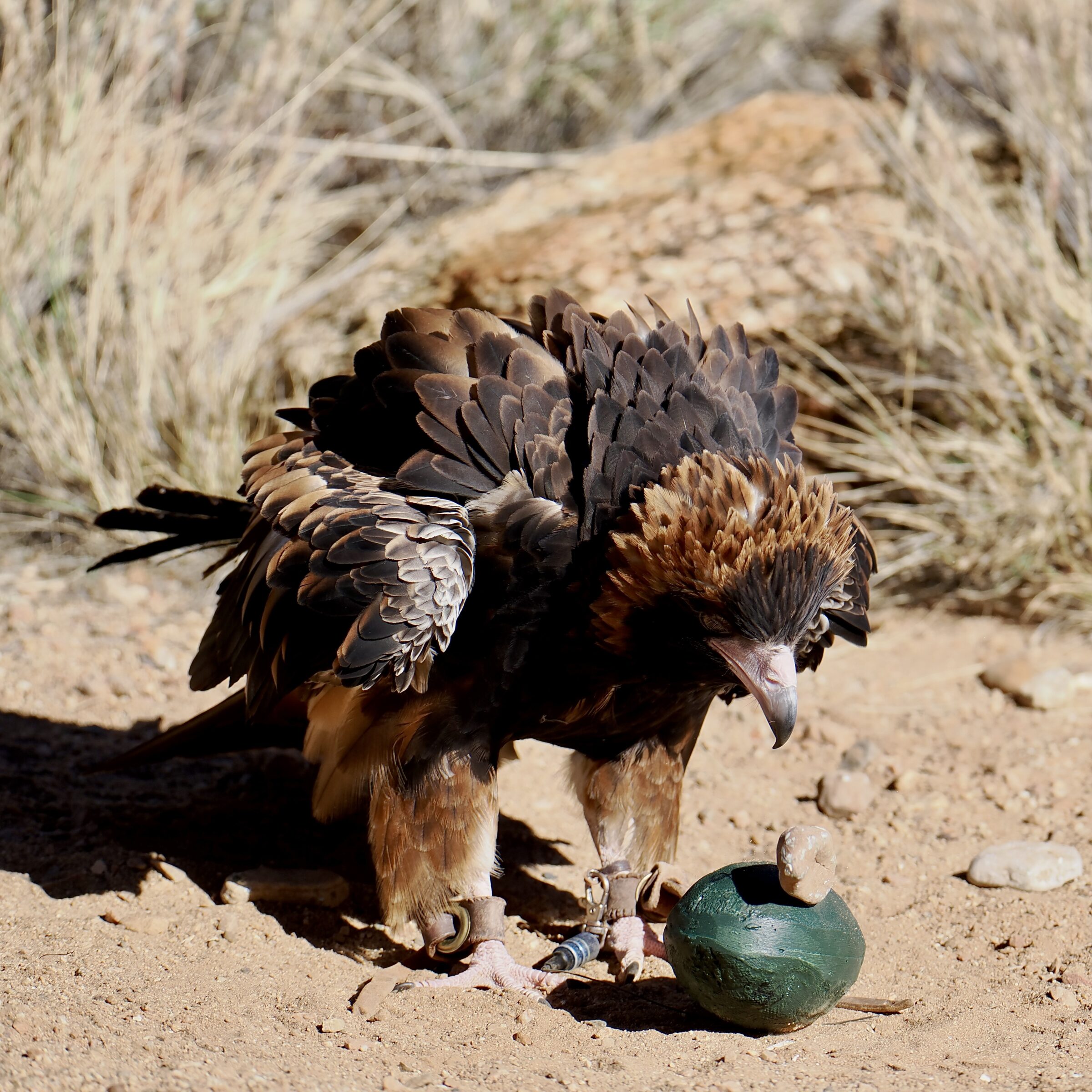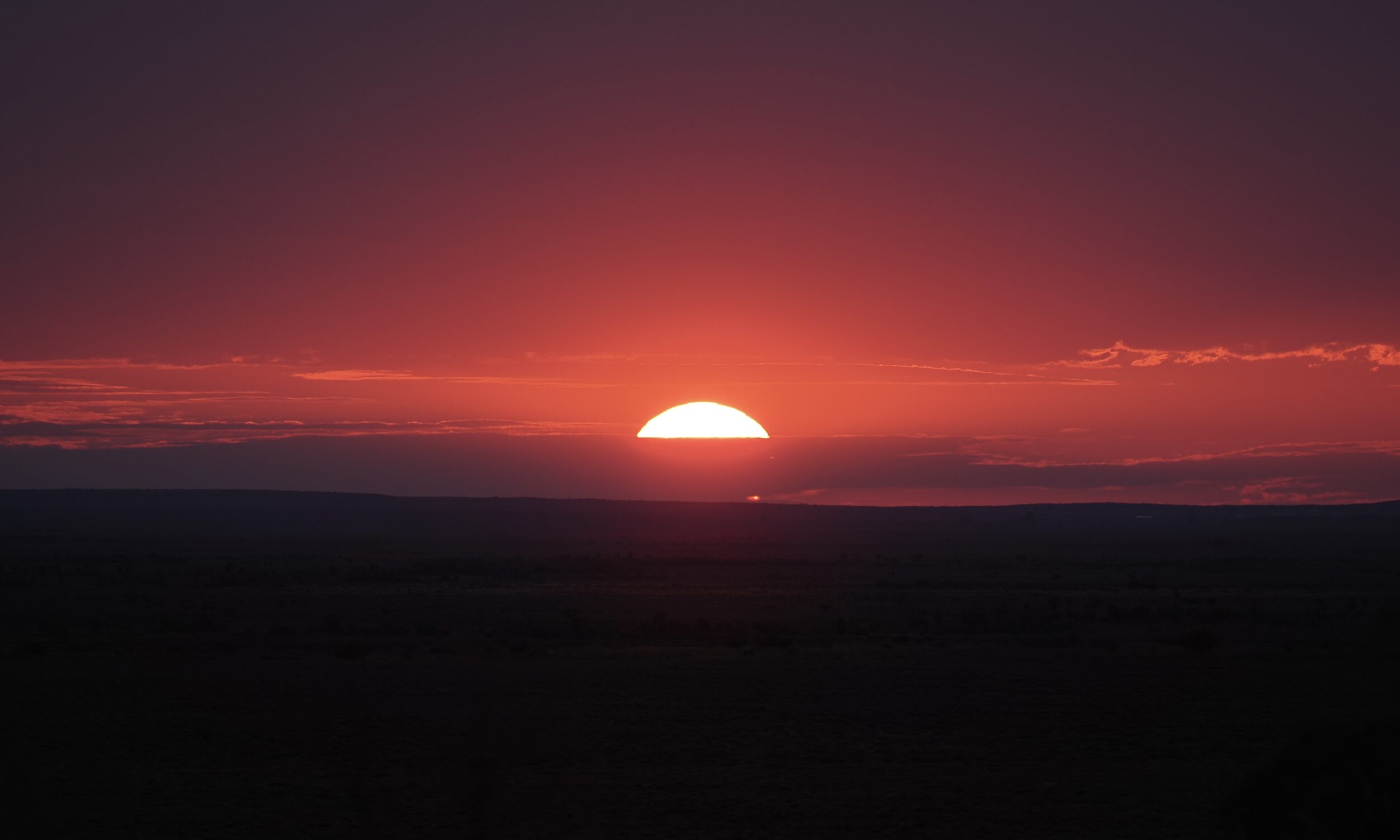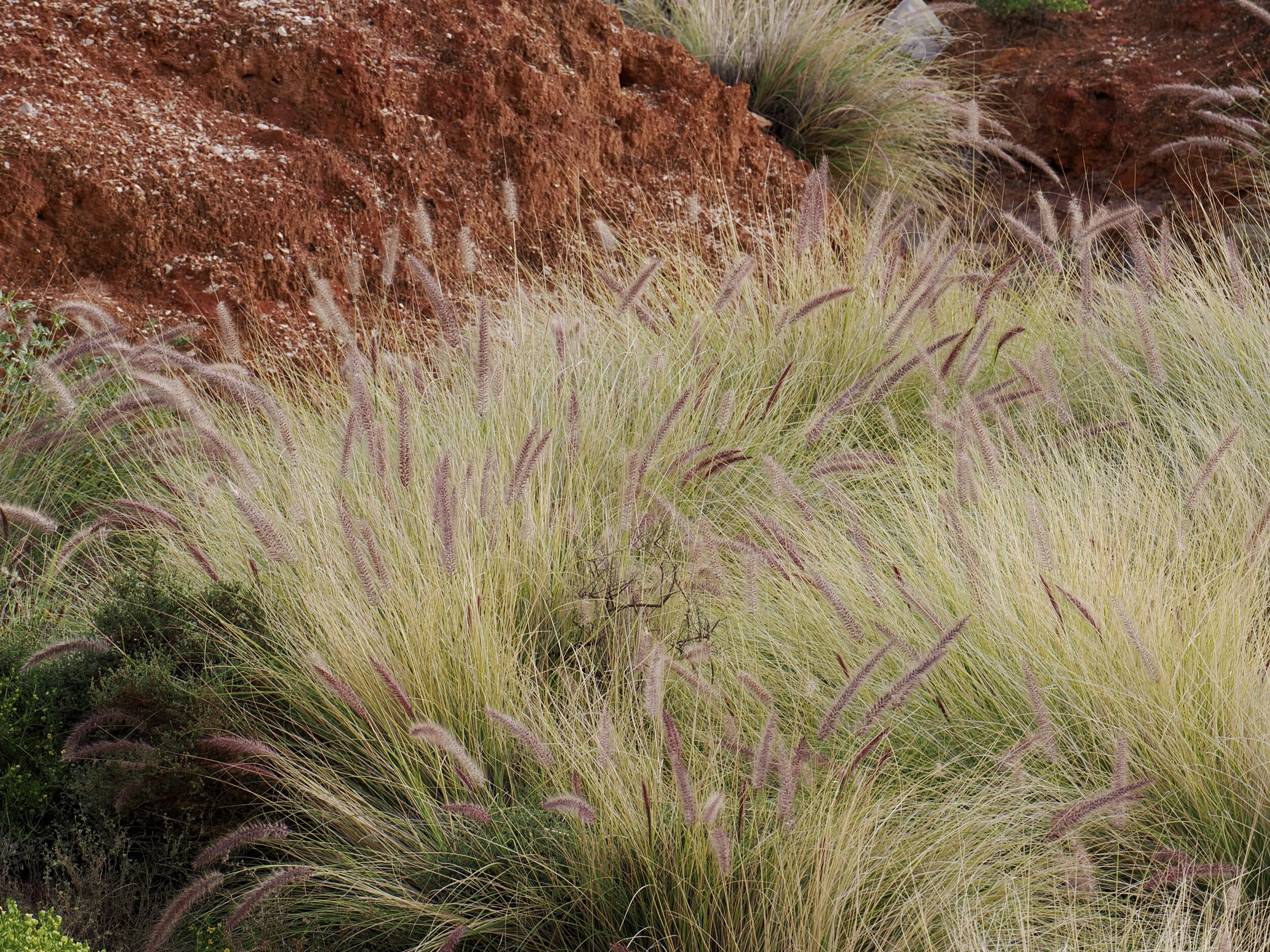As previously reported, I think that – within the so-called “First World”, at least – South Australia is the world leader in poor signage on roads and tracks.
Often, necessary signage is non-existent, or impossible to read until/unless one is within a metre or less of the ludicrously tiny and/or long-faded signpost.
Not uncommonly, signposts are entirely illegible.
Very often, signage is maddeningly inconsistent.
Picture yourself in rural or “outback” South Australia – or even in a near-Adelaide place where you have dared to “get off the freeway”.
Your intended destination is bigger than Woop Woop but much smaller than Adelaide.
At the first relevant turn-off you are pleased to see a legible sign which points to “bigger than Woop Woop…”
However, none of the next six crossroads carry any legible signage whatsoever…or their legible signs make no mention of your destination.
What should/could have taken you 30 minutes and 40 kilometres, instead devours 70 minutes and 90 kilometres.
Another South Australian specialty is the placement of “No Through Road” signage only at the relevant road’s dead end.
Having traversed thousands of SA kilometres over 68 years, I had assumed that South Australia’s signs – and their oft-ludicrous absence – had long-since exhausted their ability to surprise me…
As I recently discovered, in a “remote” place, I had underestimated them!
The relevant sign was very well crafted, easy to see and read…and utterly superfluous.
